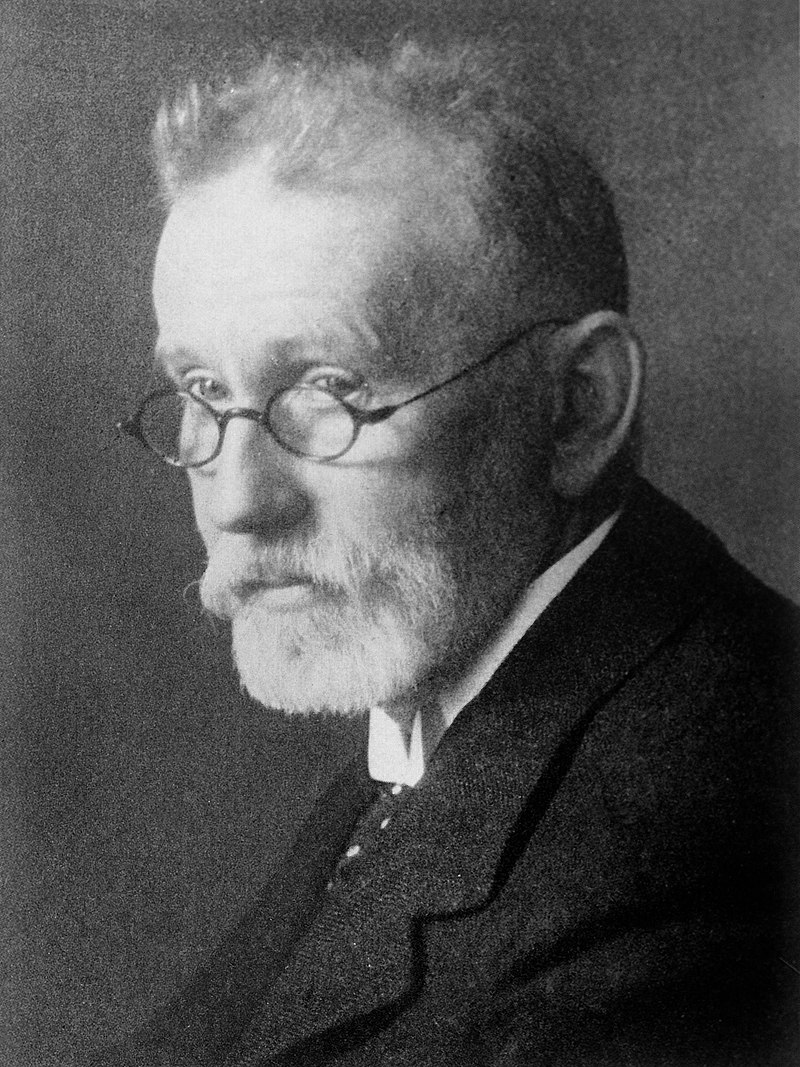Principles of chemotherapy
Pioneered by Paul Ehrlich (who also worked on small molecule treatments for microbial infections).

Before chemotherapy radiotherapy and surgery were main treatments.
The goal of chemotherapy is to inhibit cell proliferation and tumor multiplication, thus avoiding invasion and metastasis. But this results in toxic effects of chemotherapy due to the effect on normal cells as well. Inhibition of tumor growth can take place at several levels within the cell and its environment.
The toxicity of cytotoxic drugs is most significant during the S phase, as it is the DNA synthetic phase of the cell cycle. Vinca alkaloids and Taxanes act in the M phase and block mitotic spindle formation.
The combination of chemotherapeutic agents is delivered cyclically based on the three basic principles.
- Fraction kill hypothesis: A uniform drug dose kills a constant fraction of tumor cells rather than a constant number regardless of tumor burden.
- Neoplastic tumor cells have a linear response between the dose administered and the efficacy.
- Goldie-Coldman hypothesis: Cancer cells acquire spontaneous mutations that cause drug resistance.
Questions
- If a single round of chemotherapy kills 75% of the malignant tumor, estimate how many rounds of chemo would be needed to kill 99% of the originally present cancerous cells.
- Describe some common mechanisms of developed resistance to chemotherapy.